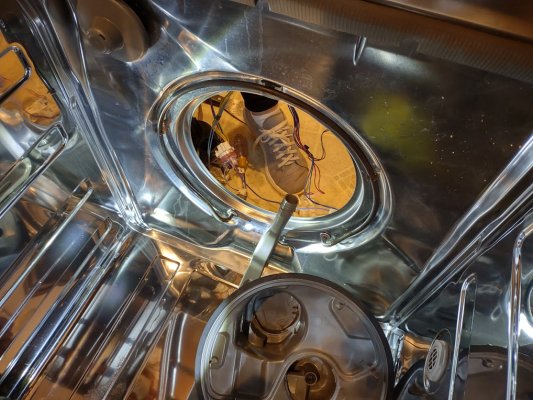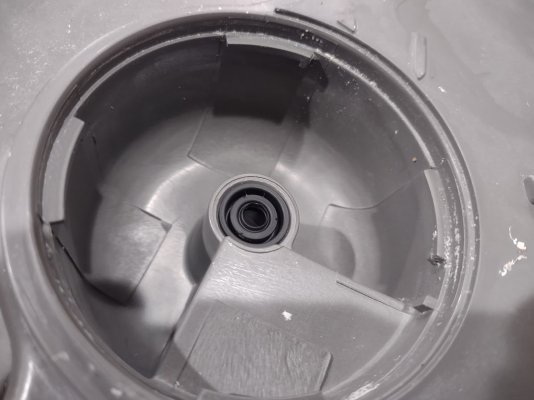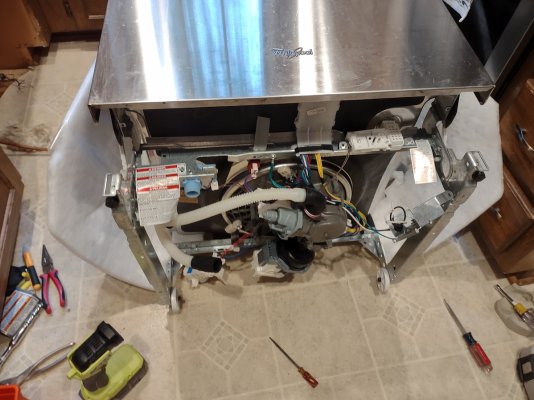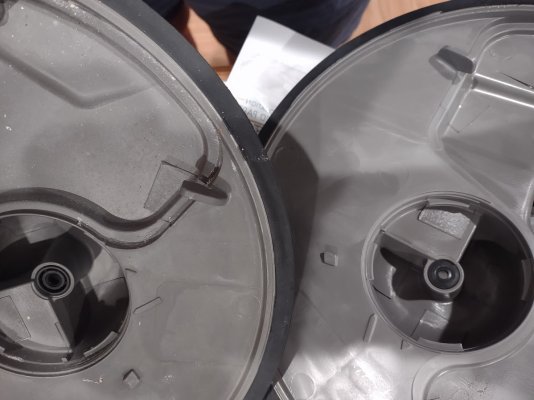Sunset
Give me a museum and I'll fill it. (Picasso) Give me a forum ...
Tonight during a heat wave, I noticed the A/C was not cool coming out the vents. So I go in the backyard and see the outdoor unit is dead. 
Well it was suppertime, so we eat while I hope it's the capacitor that has blown as it did it once before.
Then, since we have had a lot of storms last night and tonight with lights flickering, I thought to go check the breaker panel. Sure enough it looked tripped for the A/C.
I had already shut off the A/C, so I flipped the breaker.
Then I went outside to watch the outdoor unit, while DW turned on the A/C.
Everything worked and that was an easy fix.
Well it was suppertime, so we eat while I hope it's the capacitor that has blown as it did it once before.
Then, since we have had a lot of storms last night and tonight with lights flickering, I thought to go check the breaker panel. Sure enough it looked tripped for the A/C.
I had already shut off the A/C, so I flipped the breaker.
Then I went outside to watch the outdoor unit, while DW turned on the A/C.
Everything worked and that was an easy fix.





